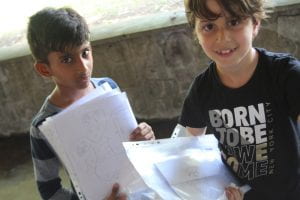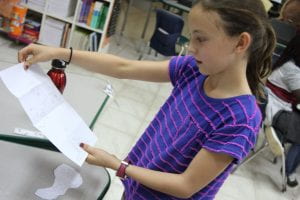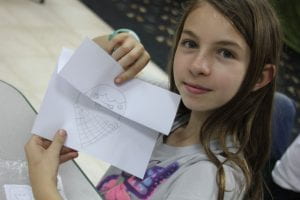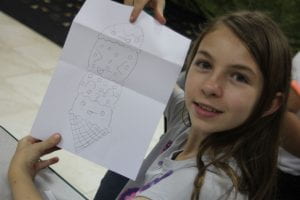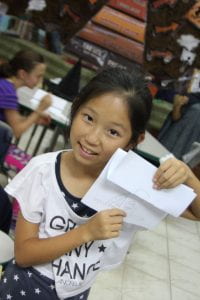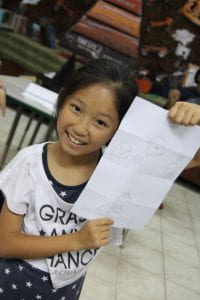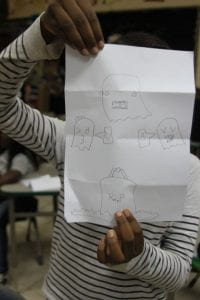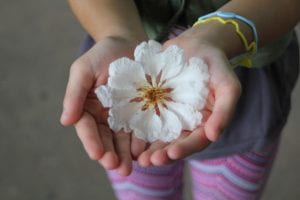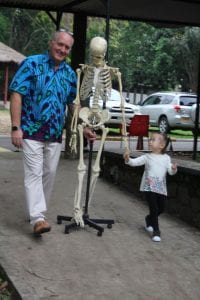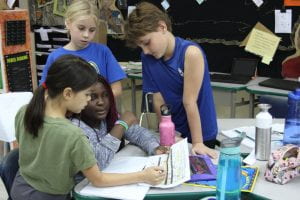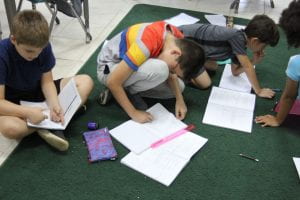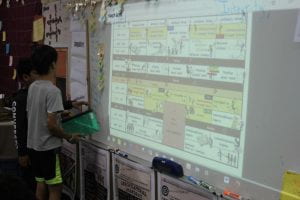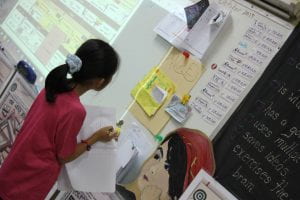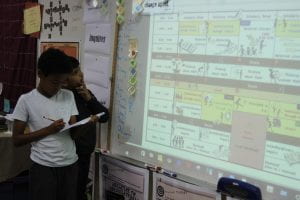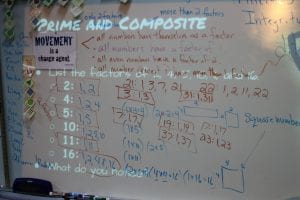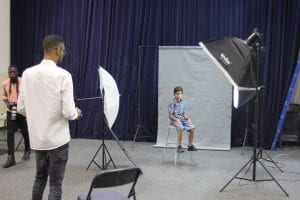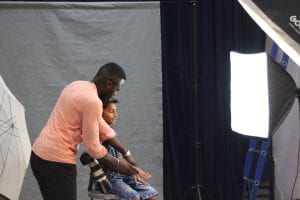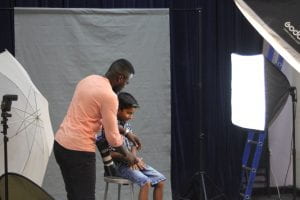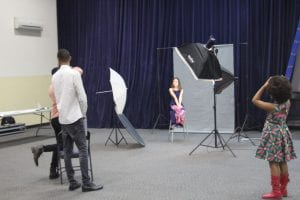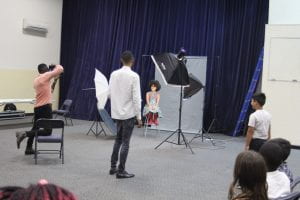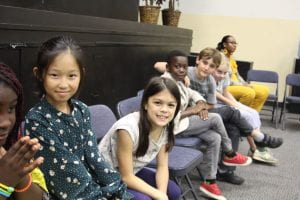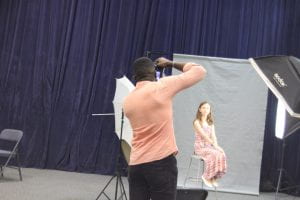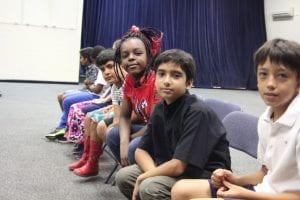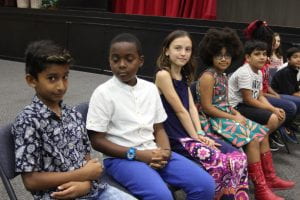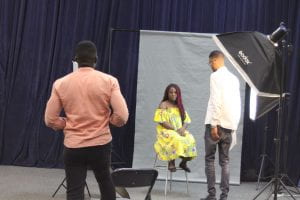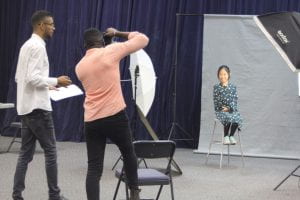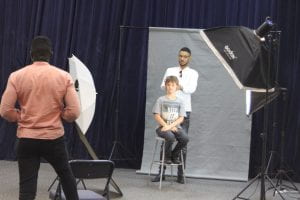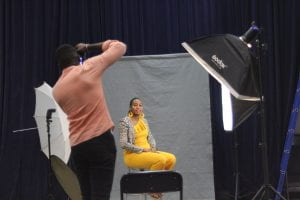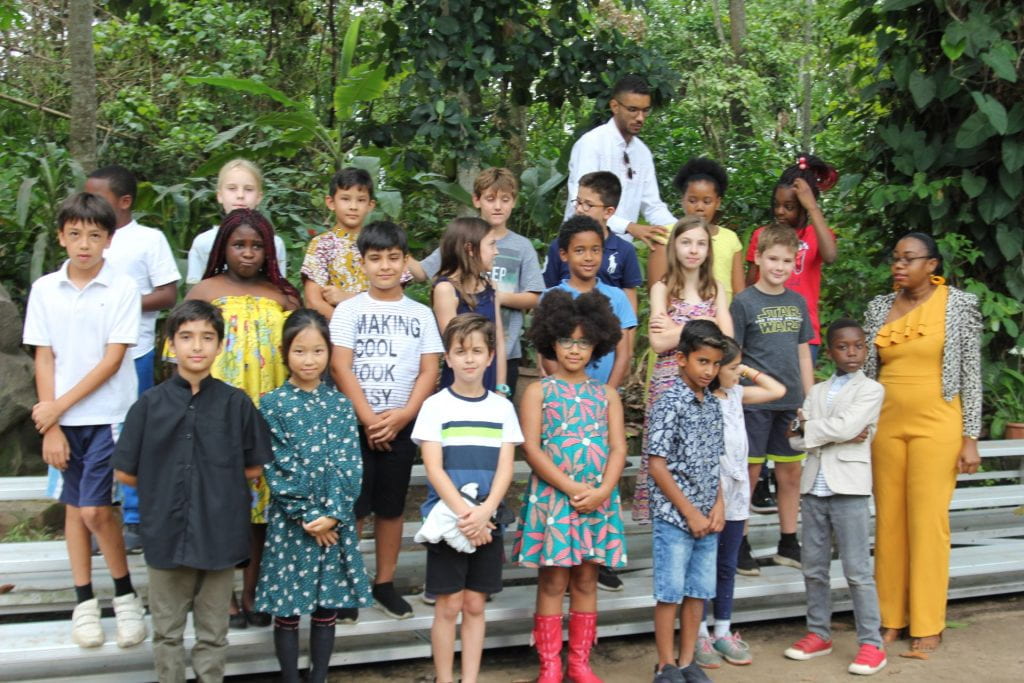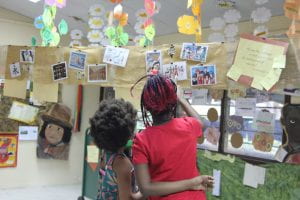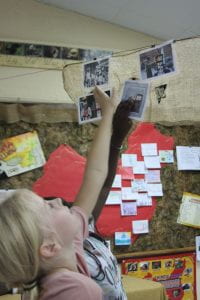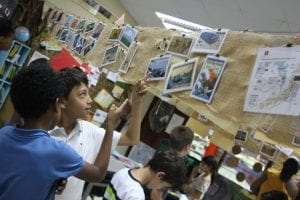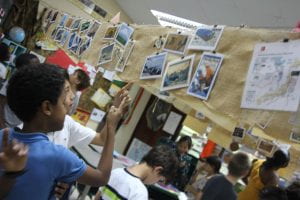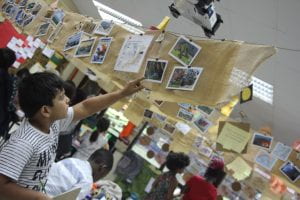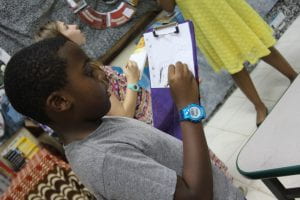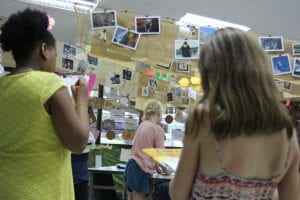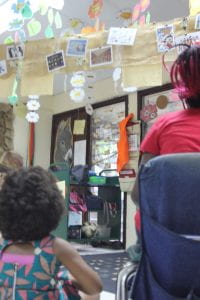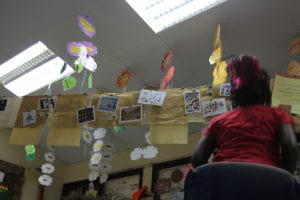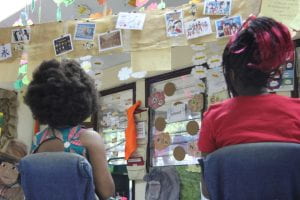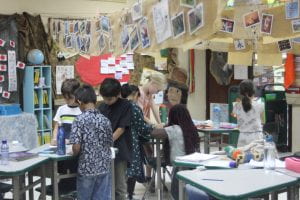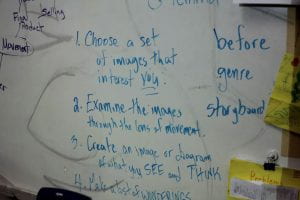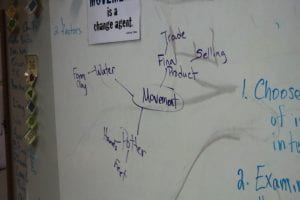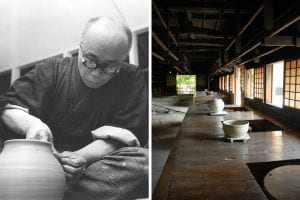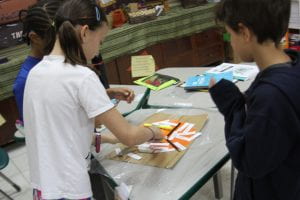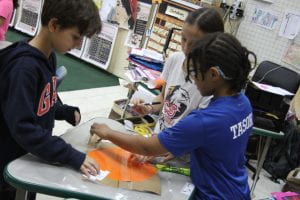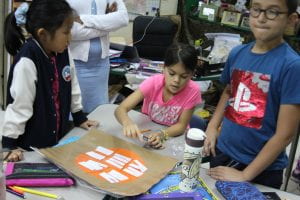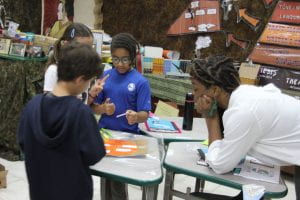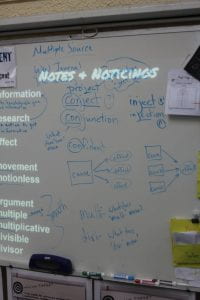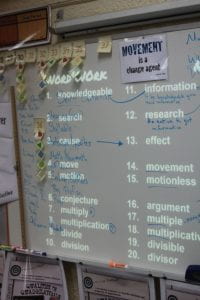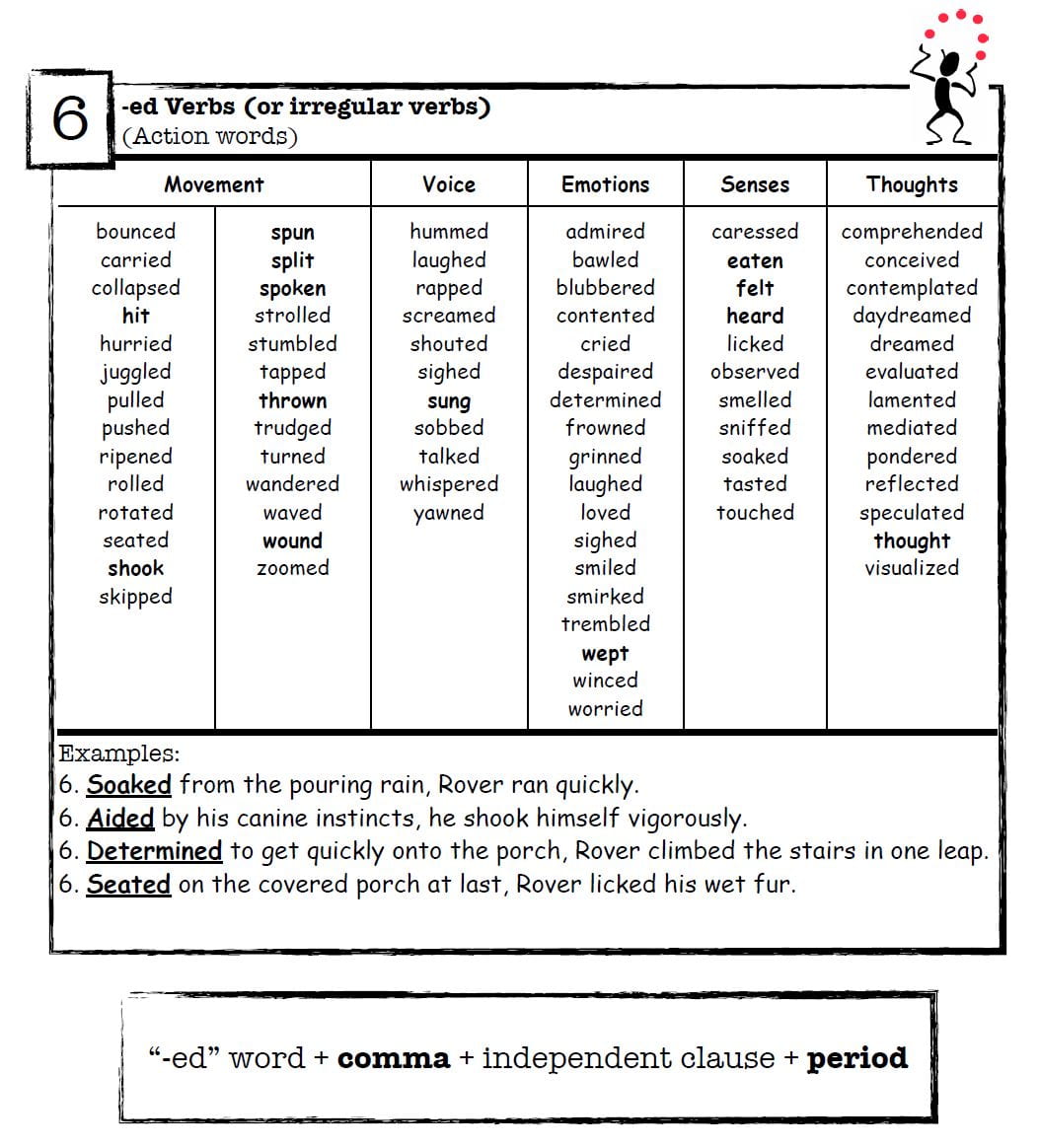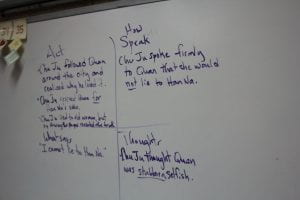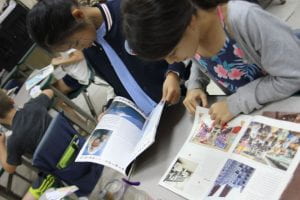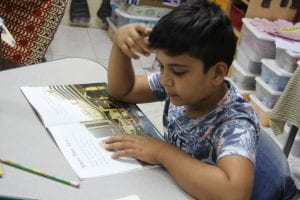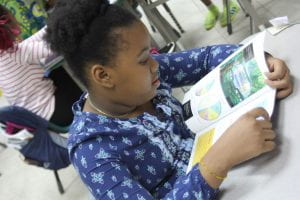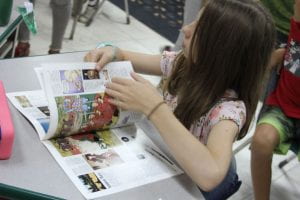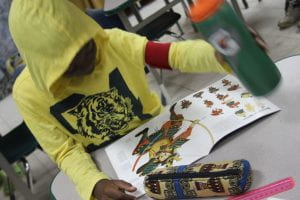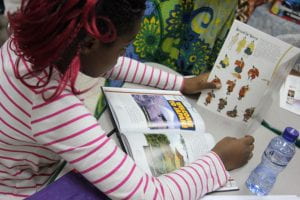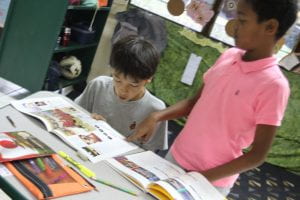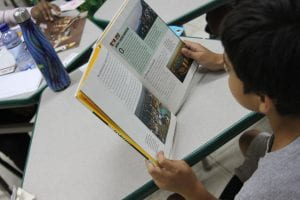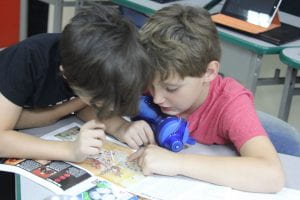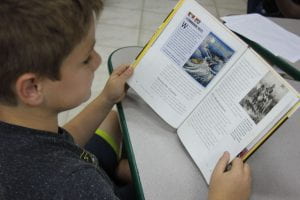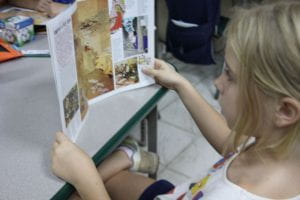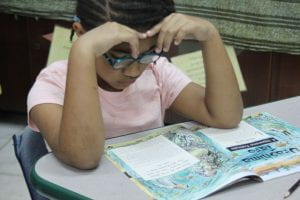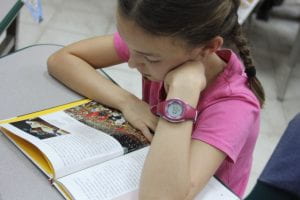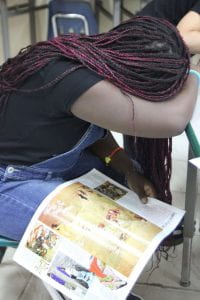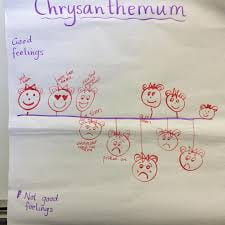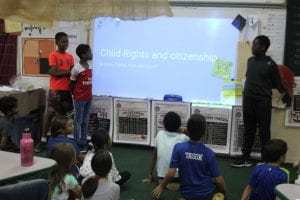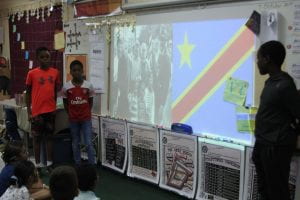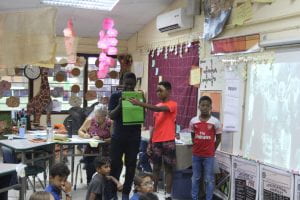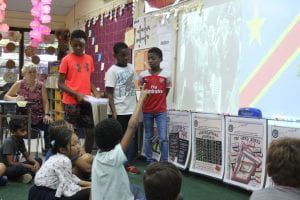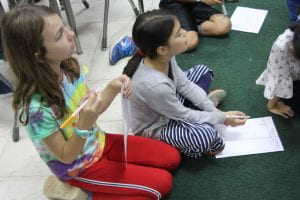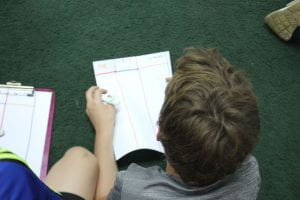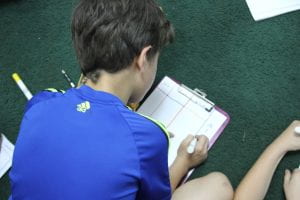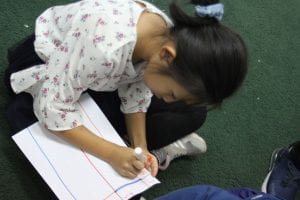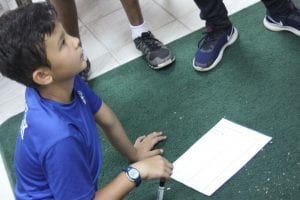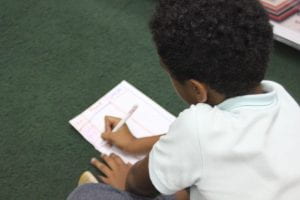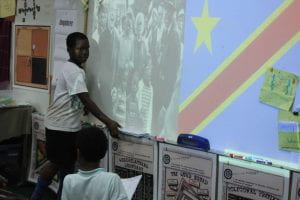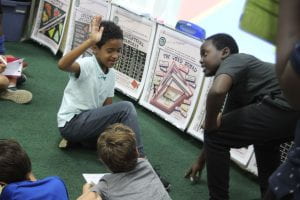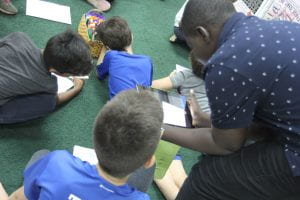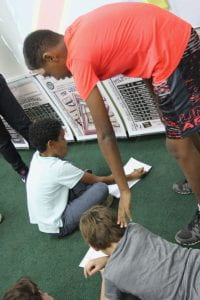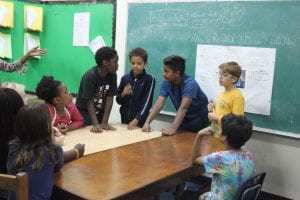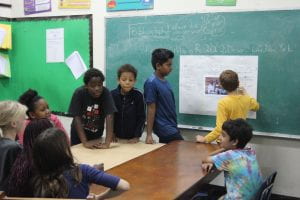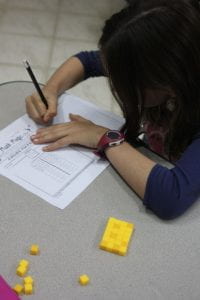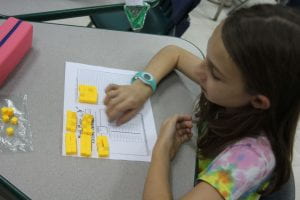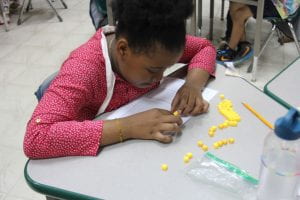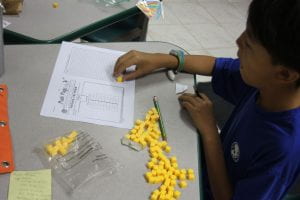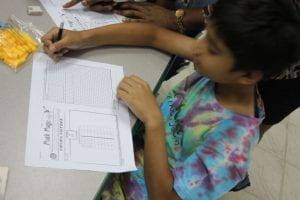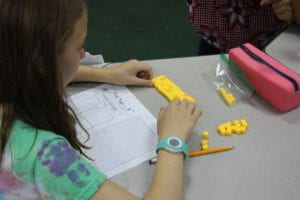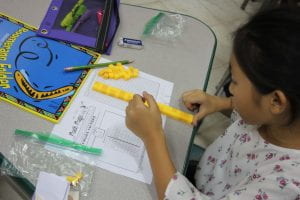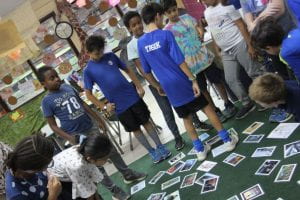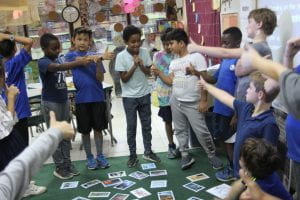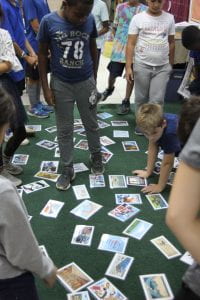While we didn’t have any tricks today, we certainly had plenty of treats.
W began our day with a time of reflection, in preparation for next week’s three-way conferences. Using a Seesaw sort, students read through a set of descriptors related to the approaches to learning and the learner profile. Each student was to identify things they were proud of so far in fourth grade, and things on which they still need to work. Students were extremely thoughtful, which will provide a very firm foundation on which to develop goals.
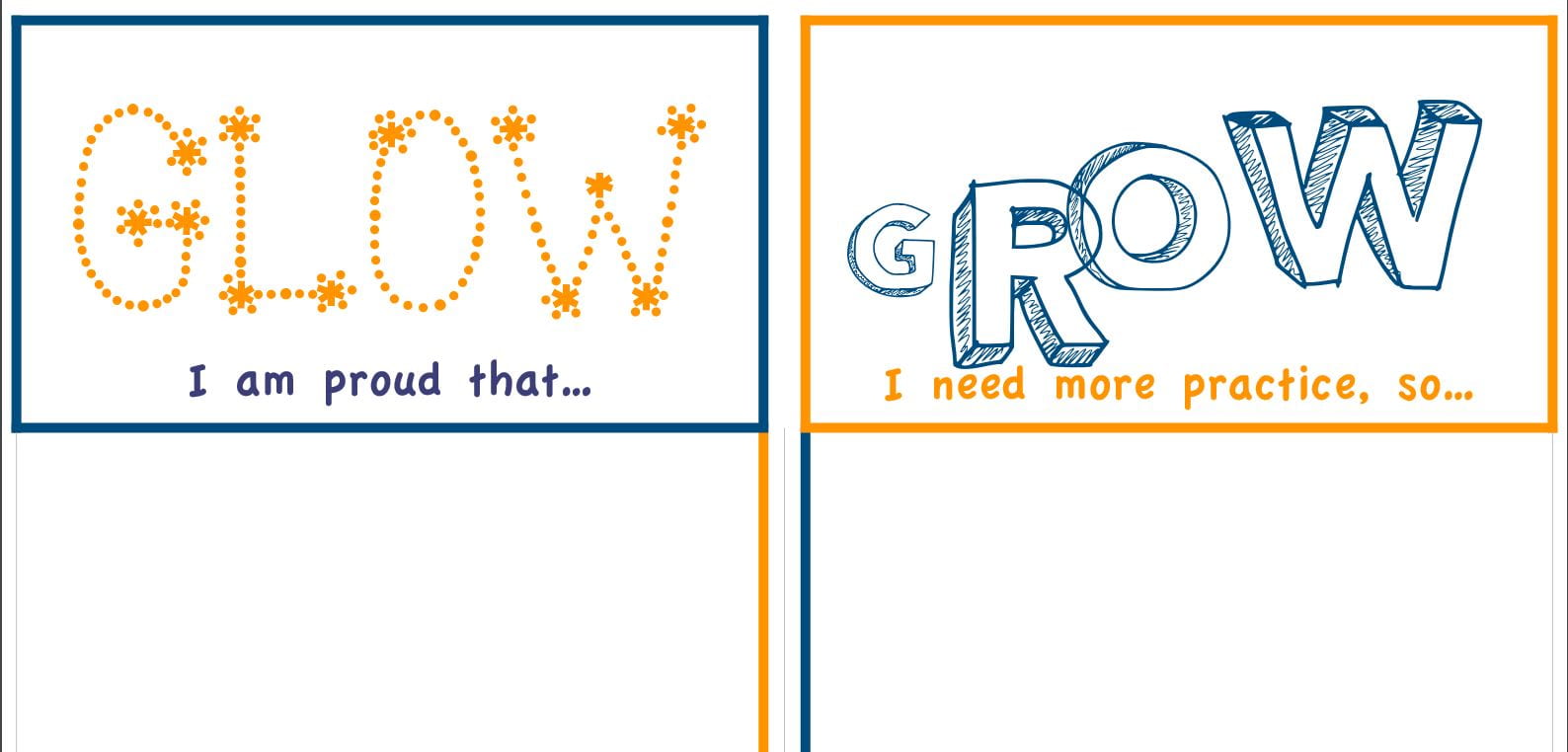
While some students were working on their Seesaw sort, others celebrated and showed evidence of learning on their math assessment. By exercising their brains, using multiple sources, and showing a great deal of perseverance, students were able to demonstrate understanding of a variety of important skills and concepts explored over the last few weeks. It was especially exciting to see the level of effort and engagement when presented with the final challenge question.
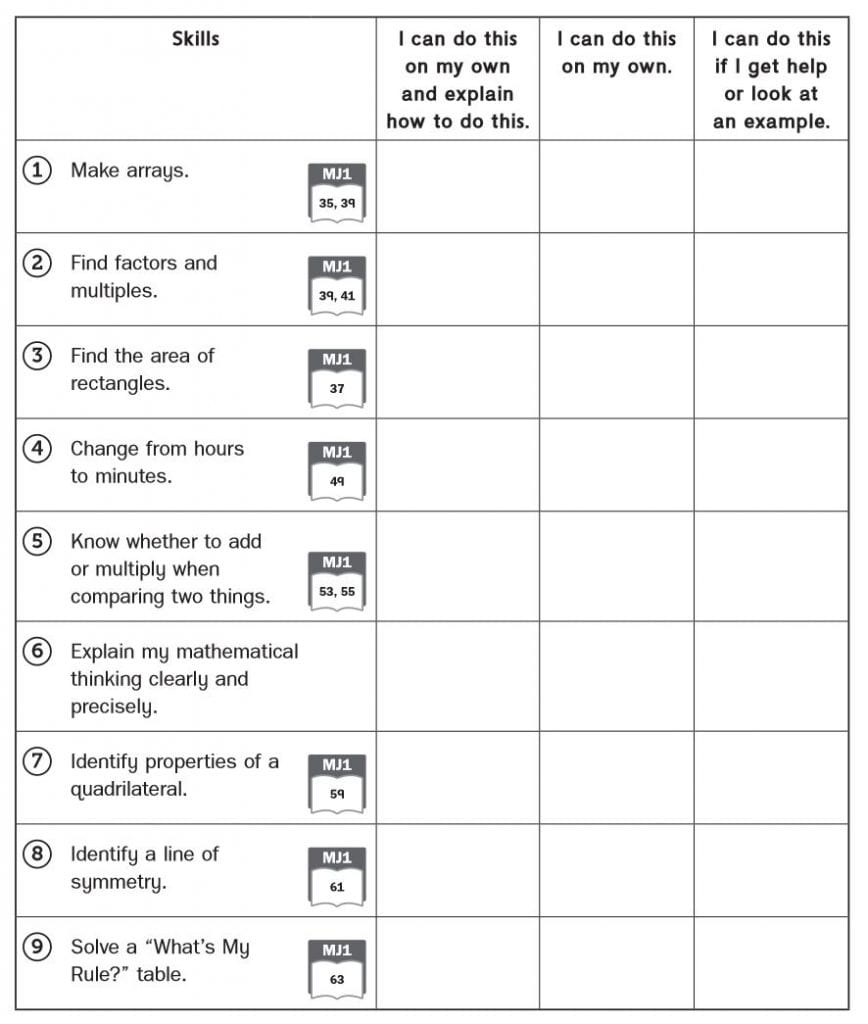
This afternoon, students spent some time with Ms. Kraft in the library “tuning in” to topics related to our current unit of inquiry. Using the list of ideas brainstormed during a previous session, students identified their top three topics of interest and provided persuasive evidence to substantiate their selection. Ms. Kraft was grateful for the amount of detail provided on the selection forms.
As a PYP librarian, Ms. Kraft plays a critical role in supporting student inquiry and facilitating research and ethical documentation. She is a valuable multiple source, particularly in the development of research skills, one of the five approaches to learning categories.
Article: Tuning in… to tuning in… by Kath Murdoch
Ms. Kraft did a great job tuning in to students’ interests today.
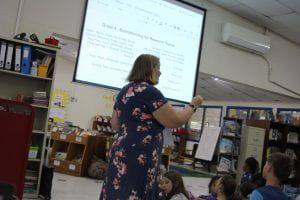

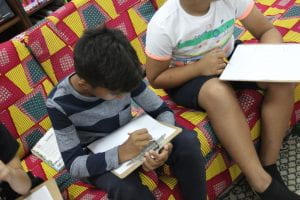
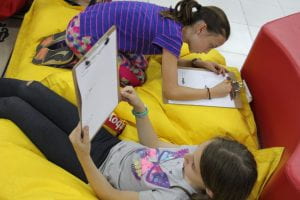
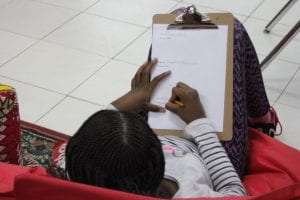
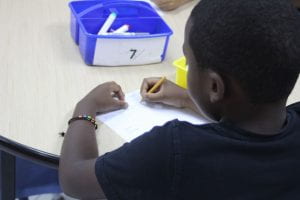
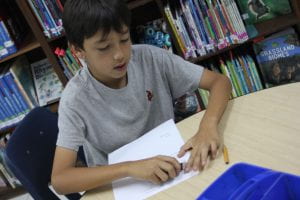

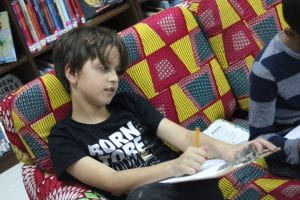
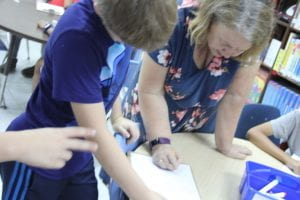
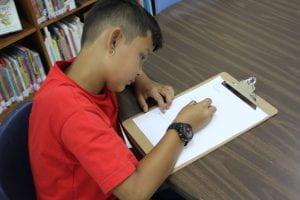
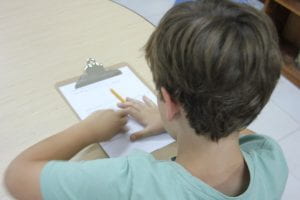


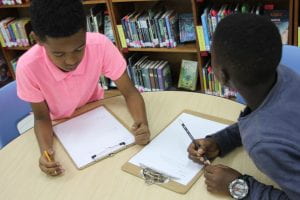


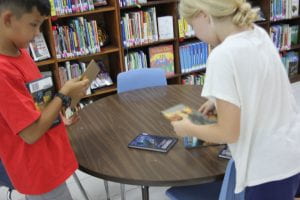
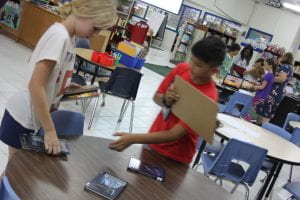
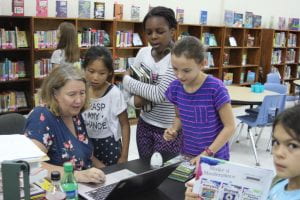
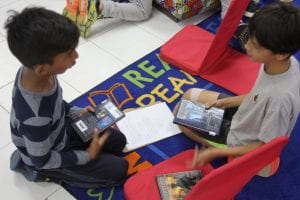
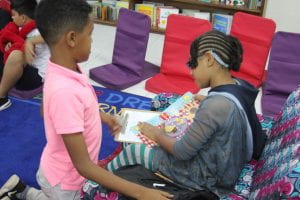
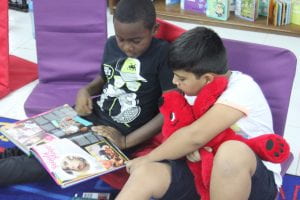
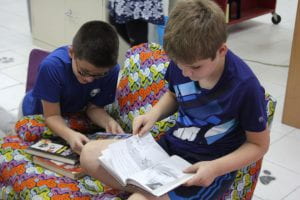
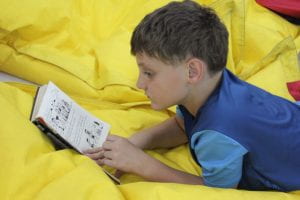
At the end of our day, we finished off with a video about plate tectonics. Pausing frequently, we engaged in really powerful conversations related to our central idea: Movement is a change agent and our key concepts and lines of inquiry:
- Form – Types of movement
- Causation: Forces that cause movement
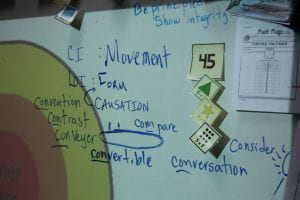
A new idea we learned today was about the role of heat as a force that causes movement.
Thanks to Luca, who demonstrated a scholarly curiosity, willingness to learn, and use of multiple sources, we were able to learn about the idea of convection (and… began to wonder about the con- part of the word found in many other words we know – convergence, continent, convert, convertible, conversation, consider, conveyor. Does con- have the same meaning in each of these words?)
Multiple Source: Windows to the Universe: How do Plates Move?
ALERT: As you are listening, pay attention to words and phrases like:
- scientists believe…
- some people think…
- geologists suspect…
- one theory is…
- many hypothesize…
These indicate that these are ideas that people have wondered about and researched, but do not necessarily have definitive proof.
Finally, today, we ended with an awesome example of student agency and action. Since it is Halloween, Alex and Khaleel wanted to do something special for their peers. With much planning and a great deal of time and effort, they hand made a set of foldable drawings… one for each student. At the end of the day, after taking the initiative to tidy off the table tops and keeping it top secret all day, the boys presented their project with an enthusiastic “Happy Halloween.” One of the first responses was… “This is so creative!”
What a bucket-filling way to end the afternoon!!
